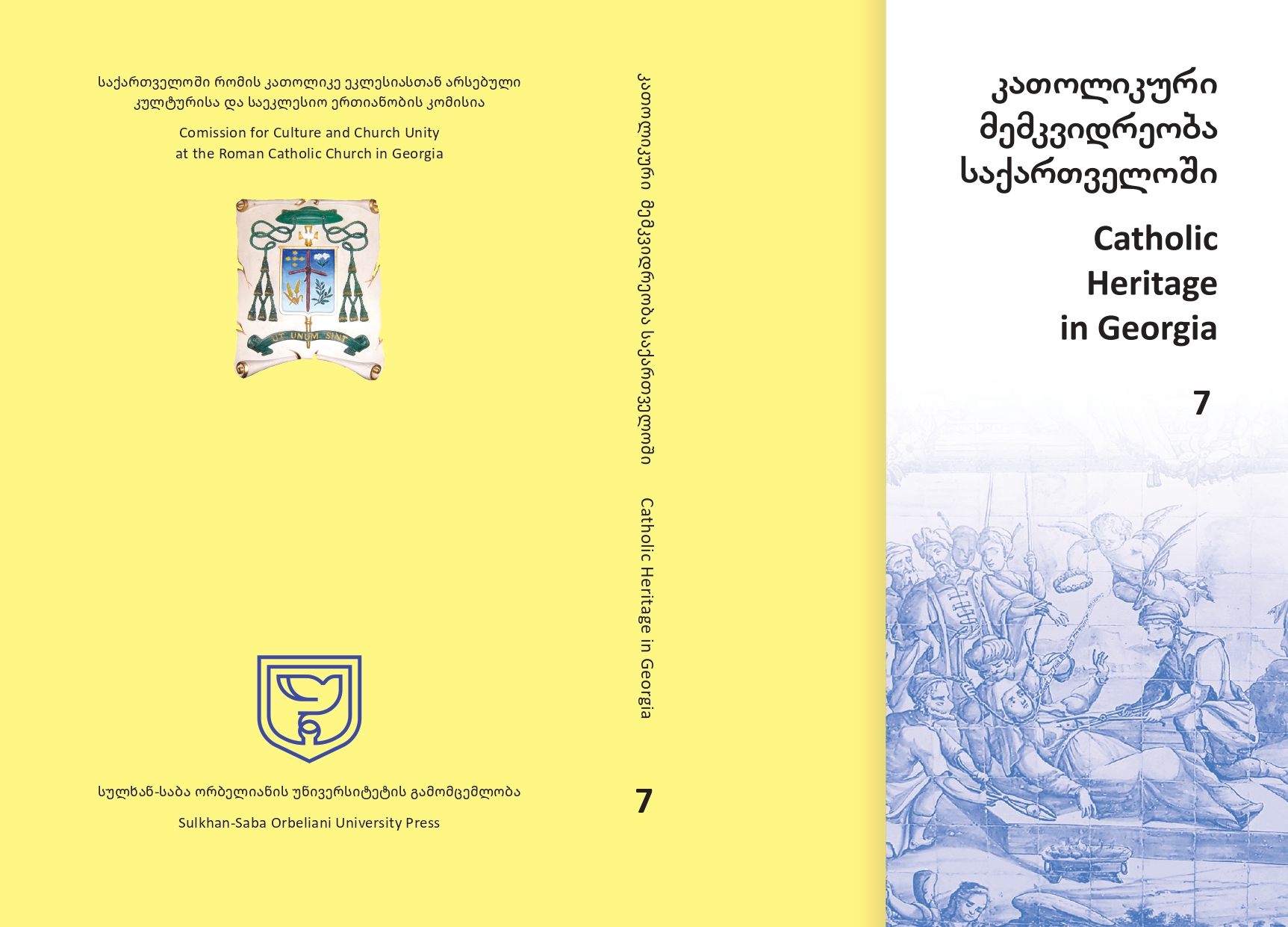მოწამეთა რელიქვიები ეკლესიებს აახლოებს წმინდა ქეთევანი და სისხლის ეკუმენიზმი
DOI:
https://doi.org/10.52340/chg.2024.07.08ანოტაცია
The commemoration of the 400th anniversary of Saint Ketevan’s martyrdom (1624-2024) provides an opportunity to examine the importance of relics for churches and Christians, both historically and in contemporary contexts, while exploring their inter-ecclesial and ecumenical significance. This study emphasizes that it is ultimately Christ who draws the churches together in unity. The historical record documents Saint Ketevan’s martyrdom in 1624, followed by the recovery of her relics in 1625. In 1628, Augustinian missionaries distributed these relics across multiple locations, sending portions to Georgia, Portugal, Rome, India, and Russia. This wide geographical distribution reflects both the reverence accorded to the saint and the missionary networks of the period.
The twenty-first century has witnessed remarkable developments in the veneration of Saint Ketevan through significant archaeological and historical discoveries. The rediscovery of her tomb containing part of her body in Goa, India, where it had been placed by the Augustinian fathers, represents a major milestone in the saint’s continuing legacy. Additionally, the 2008 discovery of
the previously unknown azulejo (decorative tile) in Lisbon has added new dimensions to our understanding of her historical significance and the extent of her veneration across the Portuguese Empire. For the Augustinian fathers who preserved and distributed her relics, Saint Ketevan was recognized fundamentally as a martyr of Christ, transcending denominational boundaries that might distinguish between Orthodox and Catholic traditions. This perspective rendered her worthy of the highest respect and veneration, regardless of specific ecclesiastical affiliations. This ecumenical approach to Saint Ketevan’s legacy offers valuable insights for contemporary inter-church relations. Her recognition as a martyr for Christ rather than for a particular denomination demonstrates how shared devotion to Christian martyrs can serve as a bridge between different Christian traditions. The international distribution of her relics and the continuing discoveries related to her veneration illustrate how religious heritage transcends national and denominational boundaries, contributing to broader Christian unity and understanding.








